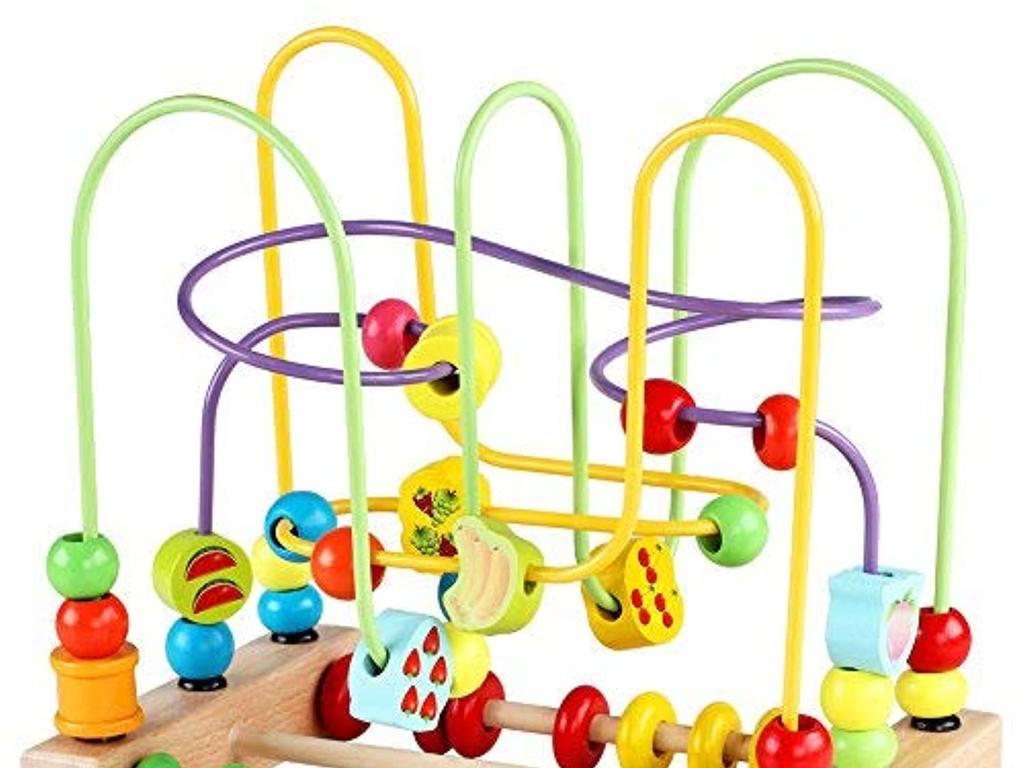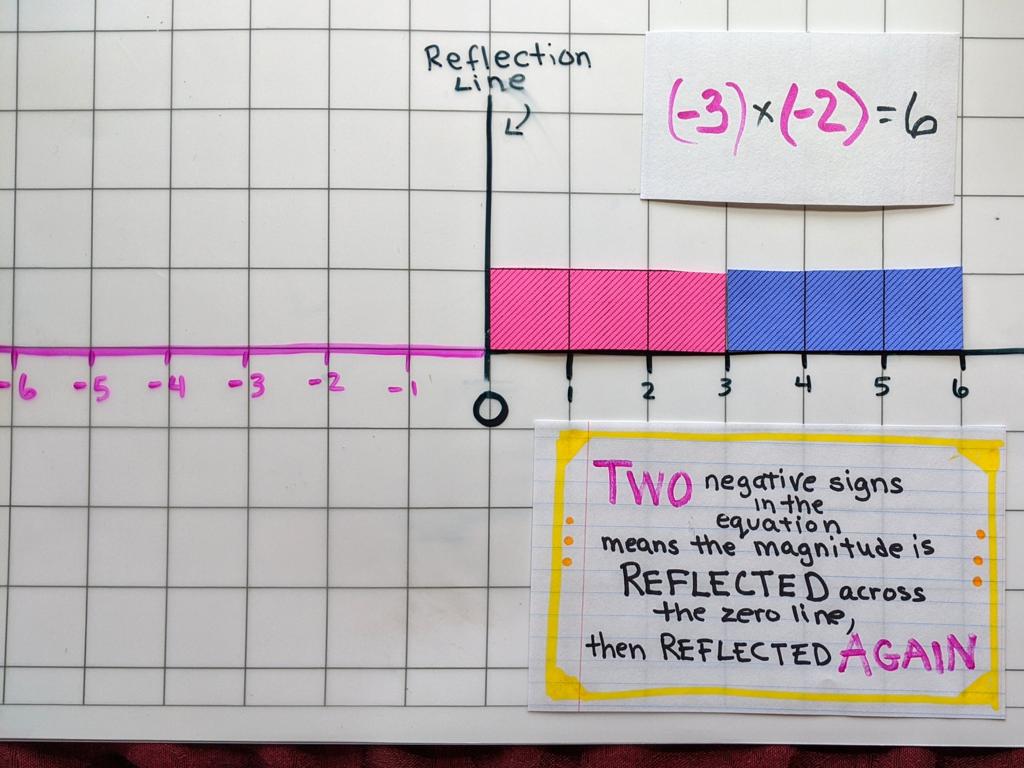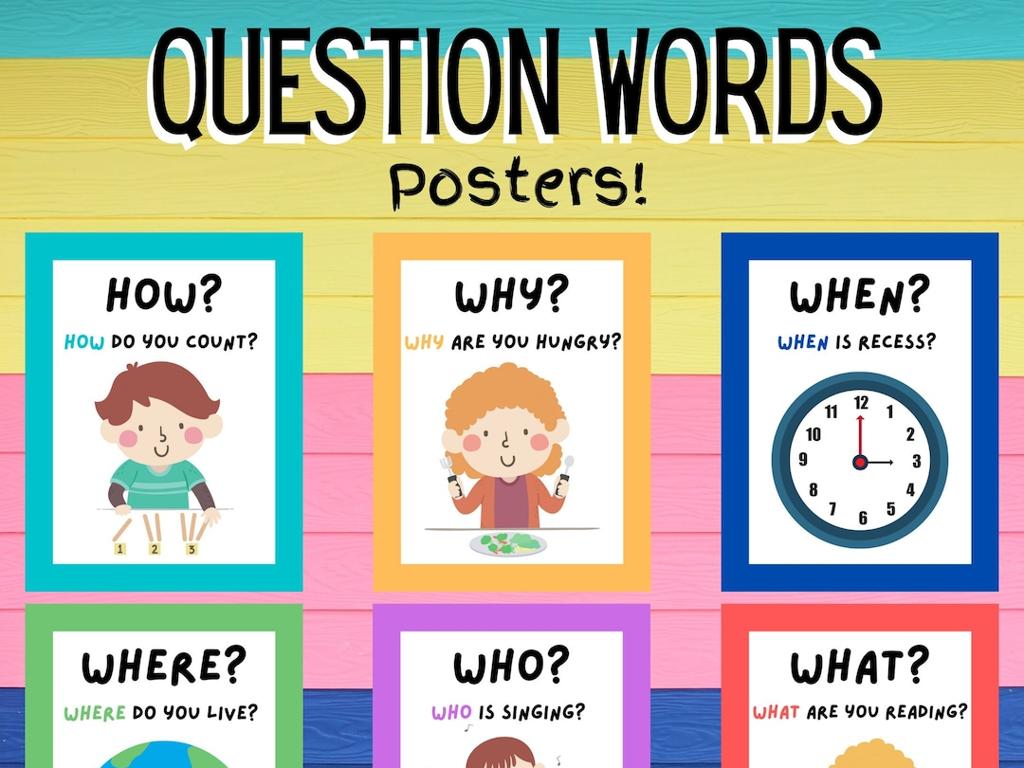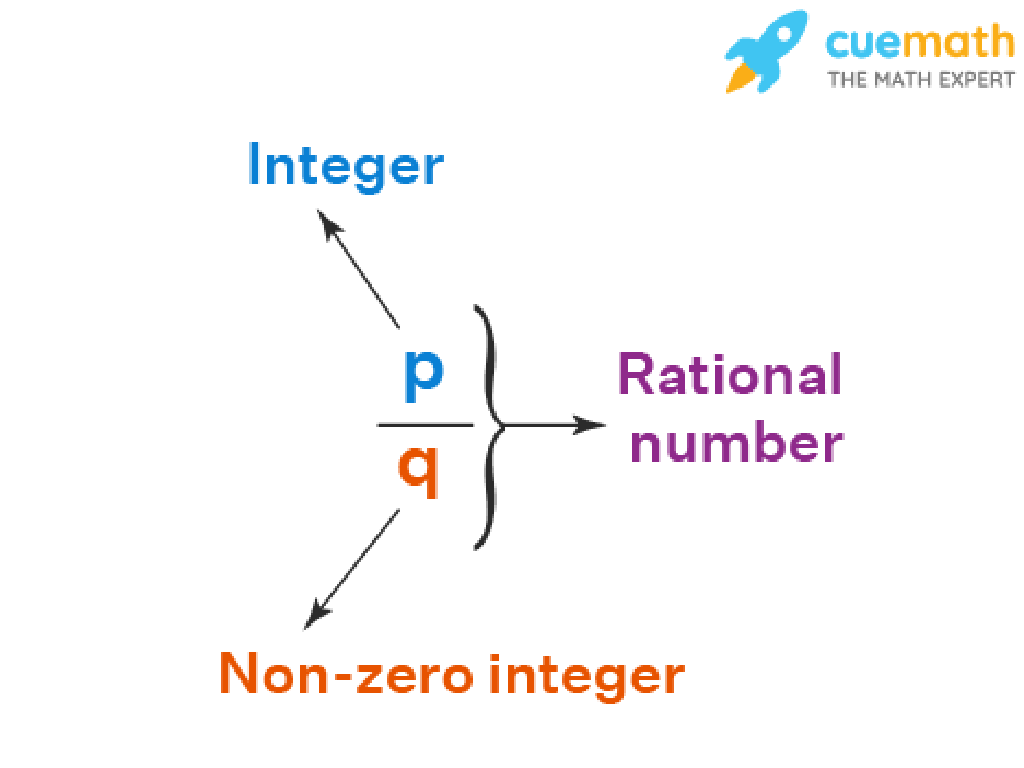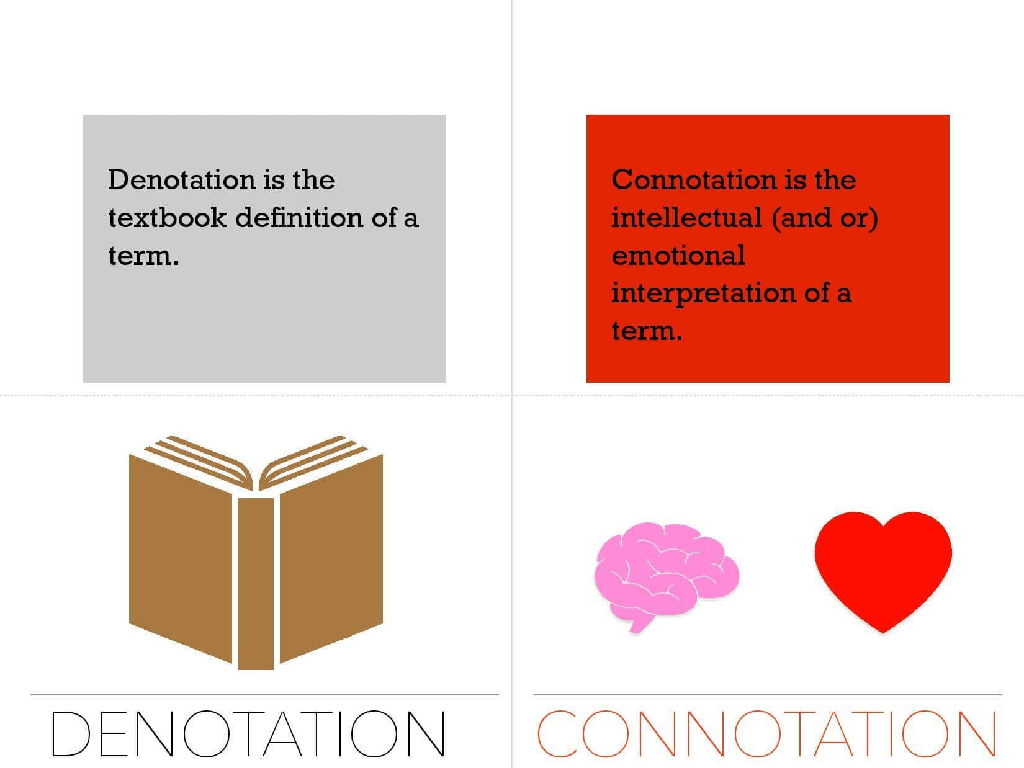Evaluate Variable Expressions With Decimals, Fractions, And Mixed Numbers
Subject: Math
Grade: Sixth grade
Topic: Expressions
Please LOG IN to download the presentation. Access is available to registered users only.
View More Content
Evaluating Variable Expressions
– Understanding variable expressions
– Decimals, fractions, and mixed numbers
– Decimals represent parts of a whole, fractions show a ratio, and mixed numbers combine whole numbers with fractions.
– Evaluating expressions with these numbers
– Substitute numbers for variables and perform arithmetic operations.
– Real-life applications
– Use these skills to solve problems like budgeting, cooking measurements, and construction planning.
|
Today’s lesson focuses on evaluating variable expressions, which is a fundamental skill in algebra. Start by explaining what variable expressions are and how variables can represent numbers in equations. Then, delve into decimals, fractions, and mixed numbers, ensuring students understand each concept with examples. Show how to evaluate expressions by substituting variables with these types of numbers. Emphasize the importance of these skills in everyday life, such as in financial planning, cooking, and building projects. Provide examples like calculating change, doubling a recipe, or determining the amount of material needed for a project. Encourage students to think of other areas where they might apply these concepts.
Understanding Variable Expressions
– Define variable expression
– An expression that includes variables, numbers, and operations
– Examples of variable expressions
– For instance, 2x + 3 or 0.5y – 4
– Variables as number representatives
– Variables like x or y stand in for unknown numbers
– Practice with decimals & fractions
– Solve expressions like 3/4x when x=8 or 1.2y + 2.5 when y=3
|
This slide introduces the concept of variable expressions, which are fundamental in algebra. A variable expression includes variables (like x or y), numbers, and operations (like addition or subtraction). Variables are placeholders for numbers we may not know yet. Provide examples of variable expressions with decimals and fractions to illustrate how they work in different scenarios. Encourage students to think of variables as mystery numbers that they get to find. In the next class, we’ll practice evaluating these expressions by substituting variables with given decimal and fraction values to see how the expressions change.
Evaluating Expressions with Decimals
– Review decimal place values
– Understand tenths, hundredths, etc.
– Substituting decimals in expressions
– Replace variables with decimal values
– Example: 3.5 + x for x = 1.2
– Calculate 3.5 + 1.2 to find the sum
|
Begin with a review of decimal place values to ensure students are comfortable with the concept of tenths, hundredths, and so on. This foundational knowledge is crucial for understanding how to work with decimals in expressions. Next, demonstrate how to substitute decimal values for variables in an expression. Use clear examples, such as evaluating 3.5 + x when x equals 1.2, to show the process step by step. Encourage students to perform the substitution and addition on their own, reinforcing the concept. This slide aims to solidify their understanding of working with decimals in variable expressions.
Understanding Fractions in Expressions
– Review of fraction parts
– Numerator over denominator, e.g., 1/2
– Substitute fractions in expressions
– Replace variables with fractions, e.g., x with 3/4
– Example: 1/2 * x for x = 3/4
– Multiply numerators and denominators separately
|
Begin with a quick review of fractions, ensuring students recall the terms numerator and denominator. Emphasize that in variable expressions, fractions can replace variables. Work through an example together, such as evaluating 1/2 * x when x equals 3/4. Show the process of multiplying the numerators (1 and 3) and the denominators (2 and 4) to find the product as a new fraction. This slide aims to solidify the students’ understanding of working with fractions in algebraic expressions and prepare them for more complex problems. Encourage students to practice with additional examples and provide guidance as needed.
Mixed Numbers Magic
– Understanding mixed numbers
– A mixed number has a whole number and a fraction
– Convert to improper fractions
– Multiply whole number by denominator, add numerator
– Example: 2 1/3 + x, x = 1 2/5
– Change 2 1/3 and 1 2/5 to improper fractions
– Simplify and solve expression
– Add fractions and convert back to mixed number
|
Begin by explaining what mixed numbers are and how they consist of a whole number and a fraction. Demonstrate the process of converting mixed numbers to improper fractions, which makes them easier to work with in calculations. Use the example 2 1/3 + x when x = 1 2/5 to show how to evaluate expressions with mixed numbers by first converting to improper fractions. Walk through the steps of adding the fractions and then simplifying the result back into a mixed number. Ensure students understand each step and encourage them to practice with additional examples.
Let’s Practice Together: Evaluating Expressions
– Class practice with decimals
– Evaluate 5.6 – y for y = 2.8
– Pair work with fractions
– Solve 3/4 * x = 6 for x
– Group challenge with mixed numbers
– Find 4 1/2 + z for z = 3 3/4
– Understanding variable expressions
|
This slide is designed to engage students in hands-on practice with variable expressions involving decimals, fractions, and mixed numbers. Start with a class practice where everyone works on the same problem, evaluating 5.6 – y when y = 2.8. Then, have students pair up to solve for x in the fraction expression 3/4 * x = 6. Finally, challenge groups to evaluate the expression with mixed numbers, 4 1/2 + z when z = 3 3/4. Encourage collaboration and discussion among students to foster a deeper understanding. Provide guidance and support as needed, and ensure to review each solution as a class. Possible activities: 1) Use visual aids to represent the expressions, 2) Have students create their own expressions for others to solve, 3) Incorporate a mini-competition with group challenges, 4) Discuss strategies for solving expressions, 5) Review the importance of keeping track of the different types of numbers.
Real-World Applications of Variable Expressions
– Decimals & fractions in daily life
– Used in money transactions, measurements, etc.
– Cooking & budgeting examples
– Recipes require precise measurements, budgeting involves income/expenses calculations.
– Activity: Craft a real-world problem
– Use variable expressions
– Incorporate decimals/fractions in your problem.
|
This slide aims to show students how variable expressions with decimals and fractions are relevant outside the classroom. Start by explaining how decimals are used in everyday situations like shopping or banking, and how fractions are common in cooking when measuring ingredients. Provide specific examples such as adjusting a recipe or managing a weekly allowance. For the activity, guide students to think of a scenario from their lives that involves variables with decimals or fractions, such as planning a party with a budget or dividing a pizza among friends. Encourage creativity and ensure they understand how to set up an expression to solve their problem. Provide detailed guidelines for the teacher to facilitate the activity, suggesting various scenarios students might explore, and how to assist them in formulating their variable expressions.
Class Activity: Expression Scavenger Hunt
– Search for variable expressions
– Evaluate expressions in groups
– Use decimals, fractions, and mixed numbers
– Discuss findings with your group
– How did each group approach the problem?
– Present solutions to the class
– Share your evaluation process and answer
|
This interactive class activity is designed to engage students in finding and evaluating variable expressions with decimals, fractions, and mixed numbers. Students will work in small groups to search the classroom for hidden expressions. Once found, they will collaboratively solve the expressions and discuss their methods and findings within their groups. Each group will then present their solutions and explain their thought process to the class. This activity encourages teamwork, problem-solving, and public speaking skills. For the teacher: Prepare the classroom by placing variable expressions around the room before the class starts. Ensure the expressions include a mix of decimals, fractions, and mixed numbers. Consider the different skill levels in your class and provide hints or scaffolding as needed. Have a list of additional expressions ready for groups that finish early or need extra practice.
Wrapping Up: Variable Expressions
– Review of evaluating expressions
– Practice makes perfect
– Homework: Worksheet completion
– Solve problems involving decimals, fractions, and mixed numbers
– Keep practicing at home!
– Try additional problems to master the concept
|
As we conclude today’s lesson, it’s crucial to recap the main points about evaluating variable expressions with decimals, fractions, and mixed numbers. Emphasize the importance of practice in mastering these concepts. For homework, students are assigned a worksheet that includes a variety of problems to reinforce their understanding. Encourage students to attempt additional problems beyond the homework to further solidify their skills. Remind them that consistent practice is key to success in math. The next class will begin with a discussion of the homework, addressing any questions or difficulties encountered.

